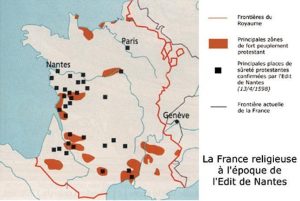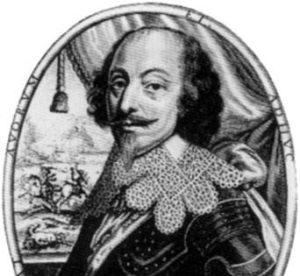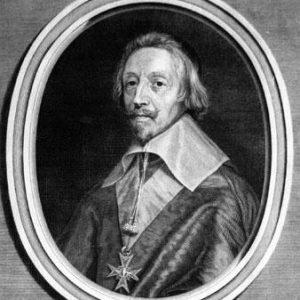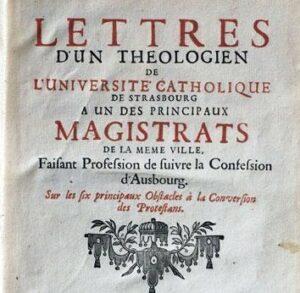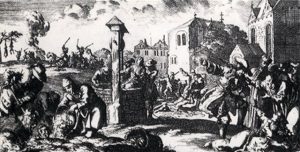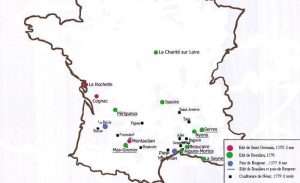The end of the Protestant party
The Edict of Nantes, signed in 1598 by Henry IV, put an end to the religious wars of the sixteenth century. Under the provisions of this Edict, Protestant worship was allowed within limits : the Protestants had access to all trades, the Protestant party was allowed together with its strongholds but for only a limited period of time.
When Henry IV died, the relationship between king and Protestants suffered. Three new religious wars broke out under the rule of Louis XIII, the third included the storming of La Rochelle.
The Protestant party was defeated. The Protestants could no longer defend their cause militarily.
The Edict of Nantes was soon to be revoked
From then on, freedom of expression and access to trades was first reduced in an gradually, and then in a harsher manner. However lulls occurred notably due to foreign policy when the king sided with Protestant princes and England against the Hapsburgs.
Conversely, the Catholics tried to draw the Protestants back to their Church by different methods. That is what is known as the Catholic re-conquest.

